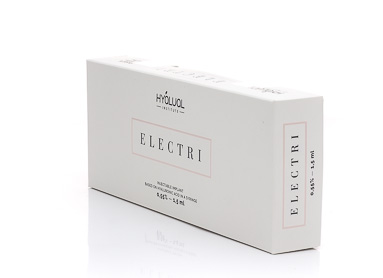 Keloids is an abnormally thick
and raised scars. These scars tend to occur in people with darker skin
and can result from a wide range of skin injuries, from minor scratches
to body piercings, burns and surgical incisions. The scars may be
slightly larger than the injured area or may grow well into the
surrounding areas of skin and become several inches long and wide.
Keloids can develop over weeks or months and typically do not go away on
their own.
Keloids is an abnormally thick
and raised scars. These scars tend to occur in people with darker skin
and can result from a wide range of skin injuries, from minor scratches
to body piercings, burns and surgical incisions. The scars may be
slightly larger than the injured area or may grow well into the
surrounding areas of skin and become several inches long and wide.
Keloids can develop over weeks or months and typically do not go away on
their own.Whenever possible, it's best to try to prevent keloids from happening in the first place. For example, someone who is known to be prone to keloids may want to avoid ear piercings or tattoos. Also, avoiding the sun as a keloid is forming can help keep the scar from becoming darker than the surrounding skin.
One way to treat keloids is to remove them surgically, but because most people with keloids continue to be prone to abnormal scarring, a keloid may grow back in the same place after the surgery. Surgical removal is often more effective if combined with a non-surgical treatment.
Non-surgical treatments may involve injecting into the scar, which is currently the most common therapy for keloids. It may also be helpful to apply pressure to the keloid with a compression bandage (or a compression earring if the keloid is on the earlobe), or to cover the scar with an occlusive silicone gel dressing. Some people try medication creams and injections that can alter the way the body's immune system and healing cells respond to the wound.
sumber internet




Assalam doc...badan sy ada keloid scar..apa rawatannya yg sesuai utk sy
BalasPadamSy berada di pengkalan chepa
PadamSy berada di pengkalan chepa
Padam